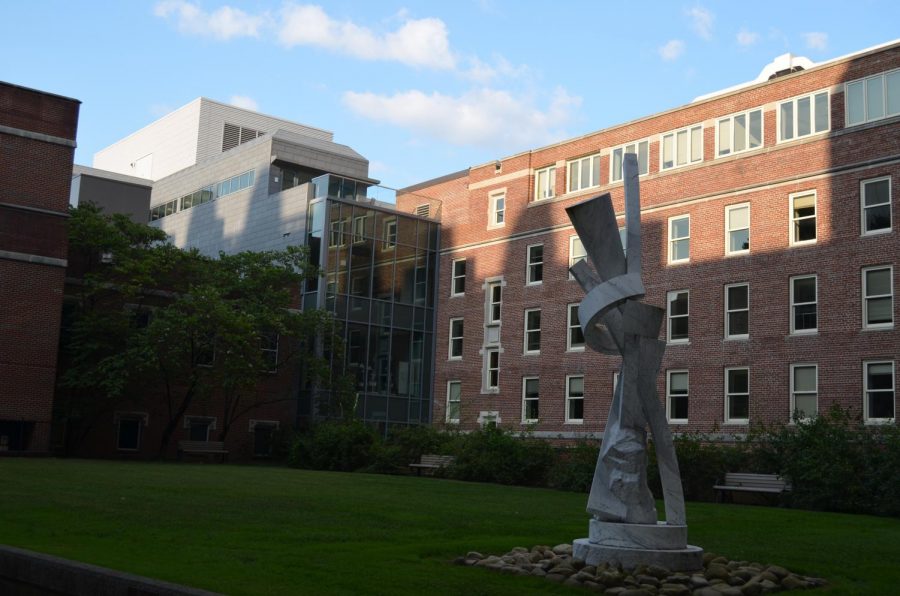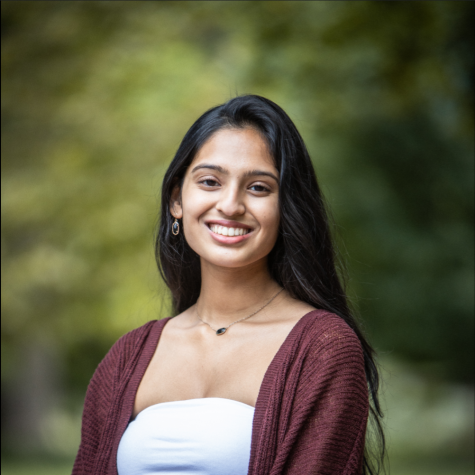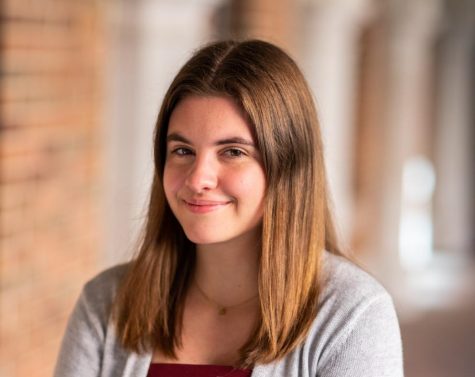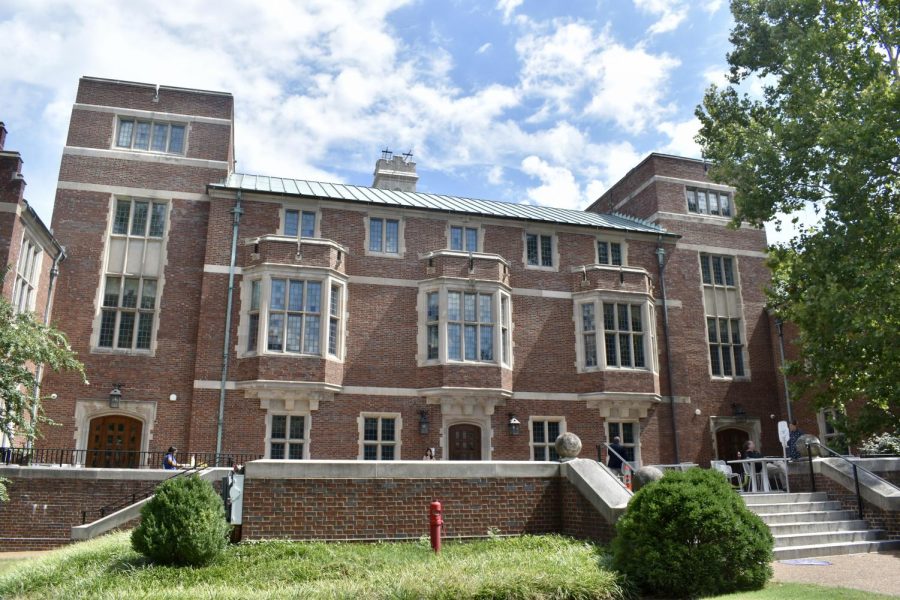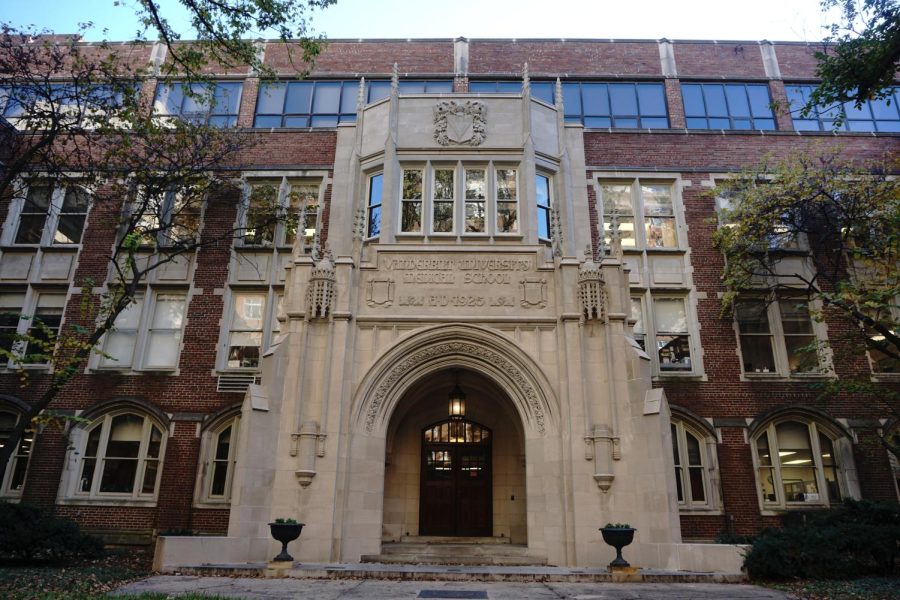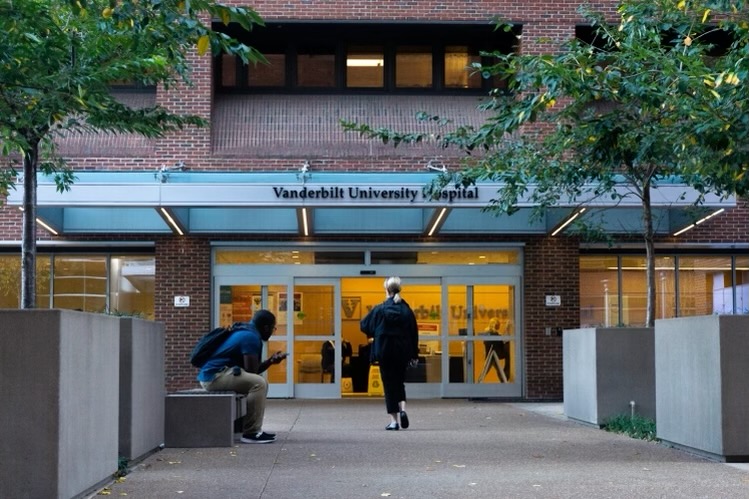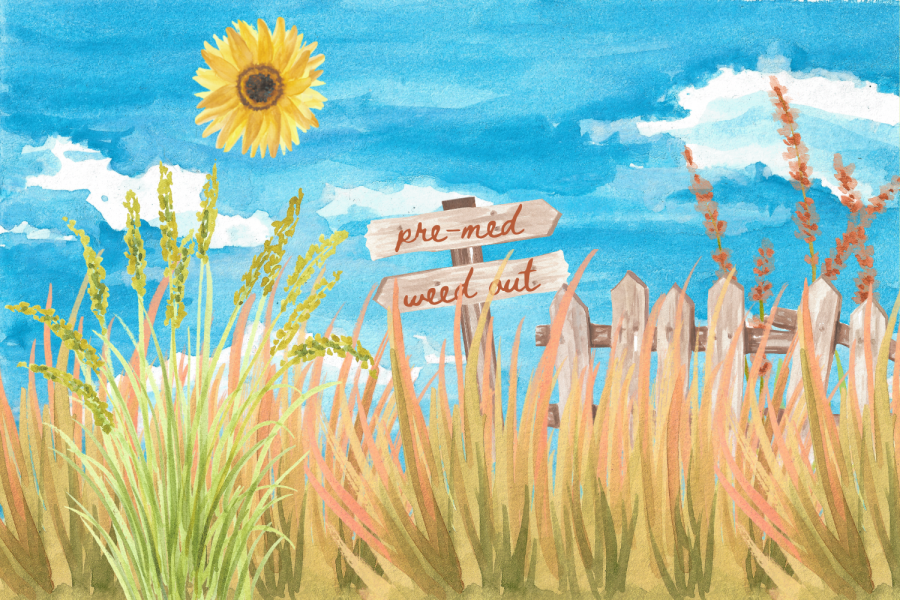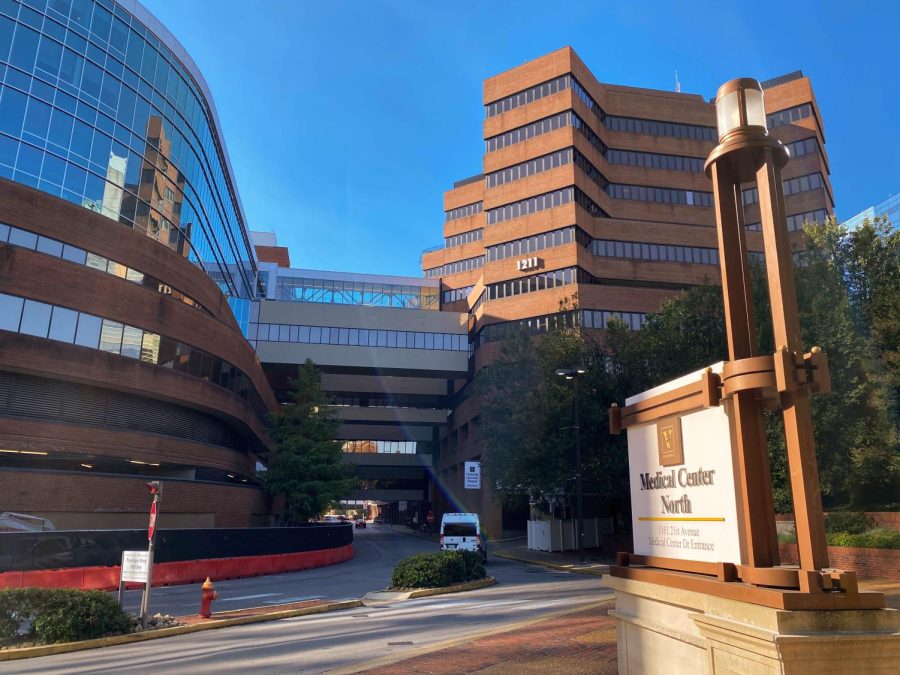Students within the College of Arts and Science began taking labs in a variety of formats, with some students having yet to attend an in-person lab due to COVID-19 protocols.
Labs have been modified to safely accommodate students in much smaller groups than before. To allow students to receive equal in-person lab time, most students attend labs on a three-week rotation, with virtual work on the asynchronous and virtual weeks. For first-year Kaitlyn Williams, this isn’t exactly what she expected from her lab experience at Vanderbilt.
“Instead of going every week, I’m going every third week, so I’m missing out on those other opportunities to go into the lab,” Williams said. “ It decreases how many labs we can complete, so I also feel like I’m missing out on other labs that we could be doing under normal circumstances,” Williams said.
Though each student isn’t completing all of the lab work they typically would, Director of the Health Professions Advisory Office (HPAO) Michelle Grundy said this isn’t an issue.
Grundy said the in-person component for the third of their class time is enough for medical and other graduate schools to consider when evaluating the labs for credit.
“In my discussions with several medical schools who do still have the laboratory requirement, they indicated that they were still planning to require in-person lab work but recognized the need to be able to physically distance students in the setting,” Grundy said. “I expect that the hybrid lab allows for both to occur while still allowing students to physically distance.”
According to junior Beth Daniel, the in-person element of lab science courses is critical for solidifying the understanding of foundational topics and applying classwork in a more definite and tangible manner. Daniel said she recognizes that with the new circumstances, it can be difficult to receive this same experience, but not impossible.
“With all the COVID-19 restrictions, we have to transition; it’s hard to try to create this community while you’re trying to work through these labs, learn these concepts and apply what you’re learning in the classroom,” Daniel said. “I think that it can be a detriment, but at the same time all these TAs and professors are working hard to provide this community through Zoom and having office hours to help alleviate that.”
Williams said while this lab experience isn’t exactly what she expected, she still thinks the courses are being taught in the best possible way that they currently can be.
“[Virtual labs] aren’t what I thought I would be getting, but I think they’re handling it fairly well for what we’re given and there’s a lot of kinks to work out still, since I don’t think Vanderbilt’s ever been so technology-dependent,” Williams said.
Another concern that Williams said she had is the lack of lab experience as a first-year to set a foundation for research labs or other lab work in the future. However, Daniel said that she doesn’t think that hybrid labs will impact a student’s ability to join a research lab at Vanderbilt.
“I think that having hybrid lab courses can seem as if you’re at a disadvantage if you’re applying to research labs, but Vanderbilt offers such great opportunities even if you’re just a beginner trying to join a research lab,” Daniel said. “A lot of my friends have joined these labs simply by emailing a professor or reaching out to a few contacts.”
Though first-year students interested in medical or STEM-based graduate schools may be concerned about the impacts of hybrid labs, Grundy said the HPAO ensures that students receive the resources they need during these times to succeed.
In addition, Vanderbilt’s School of Medicine has adapted its course requirements as a result of COVID-19 and its impacts. According to their COVID-19 Information for Future Applicants, the school is flexible about lab courses in various circumstances.
The site states, “While we prefer that applicants take in-person lab and lecture courses when possible, we understand that it is not always feasible due to time, financial constraints, and/or global pandemics.”
Grundy said pre-medical students should stay up to date with the Association of American Medical Colleges (AAMC) requirements and work on meeting the 15 core competencies for aspiring medical students.
“The best way for undergraduate students to adapt is to continue to explore what it means to be a physician and care for people in their most vulnerable state, to continually ask questions and critically think about how to make healthcare better for every single person and then continue to show that in ways that make sense for them and what they are most passionate about,” Grundy said.

